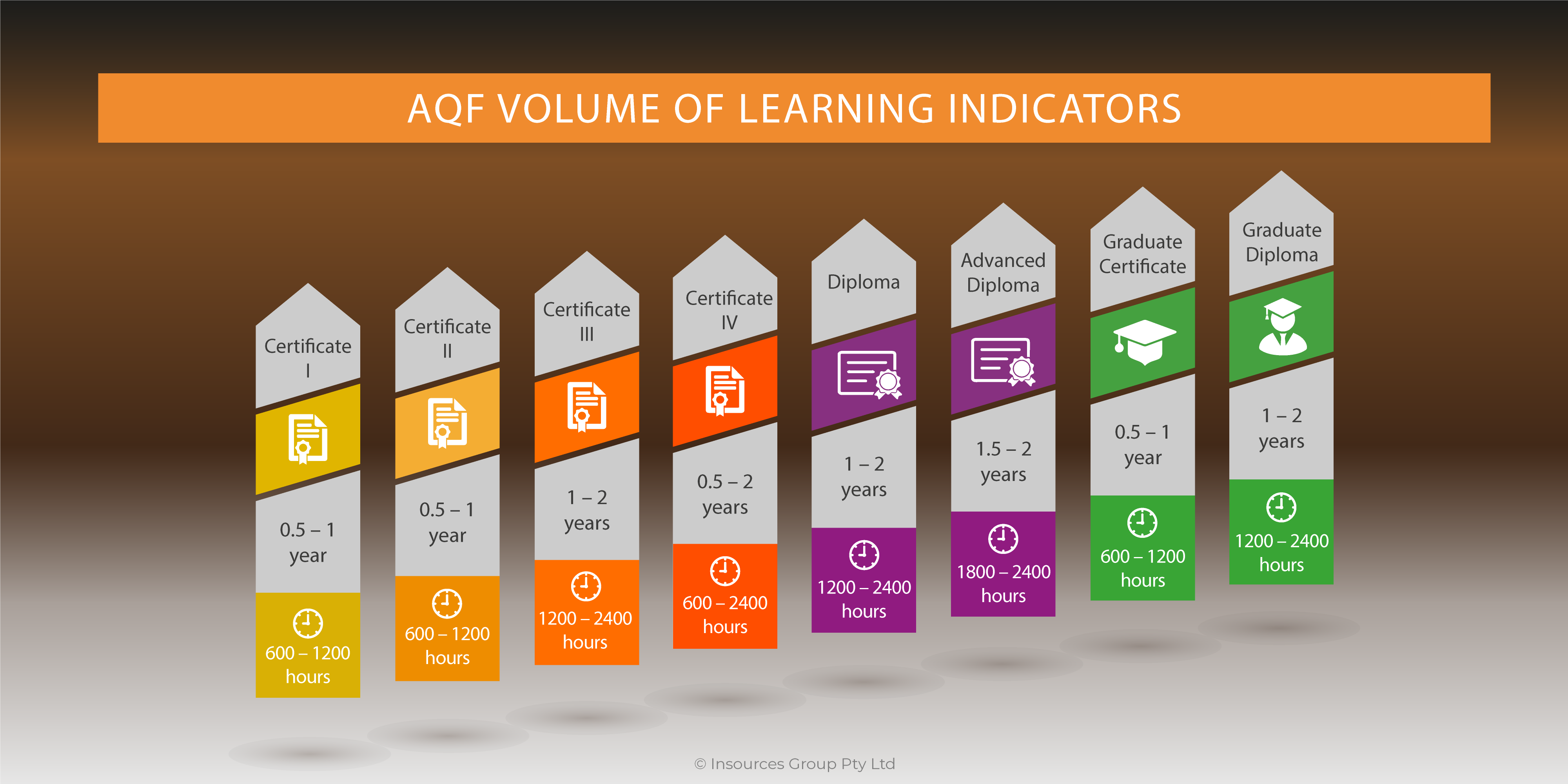No matter which learning architecture you use, slide after slide of text and more text makes for a boring session. And slides and screens that are walls of words fail to leverage one of the most powerful tools proven to boost learning: Graphics!
As training professionals, most of us have concentrated on verbal rather than visual literacy. Our lack of visual skills as well as time and resource constraints has left our learning landscapes devoid of graphics.
In this article I will review the learning value of adding graphics to words. We will consider what kind of learners most benefit from visuals as well as the kind of visuals that leverage the brain for learning.
The lost potential of graphics
Why do we see so many slides or screens filled with text? Chances are you will hear one of the following reasons:
- Text is much faster to create
- I’m not an artist
- My content does not lend itself to visuals
If you are like most trainers, you are very comfortable in a world of words. Since preschool your education has focused on verbal literacy. We all devoted many hours to reading and writing from primary grades all through college. In contrast, most of us have had no training in visual literacy!
What is a graphic?
For the purpose of this article, I define a graphic as a two-or-three dimensional visual representation of lesson content. This includes typical lesson visuals intended to directly represent the content such as a screen capture from a software application or a line drawing of equipment. It also includes more abstract visuals to summarise lesson ideas such as a tree diagram to show organisational relationships or a 3-D computer-generated schematic animation of a how an engine works. Graphics may be simple such as a line drawing or complex such as a photograph. Graphics may be presented in a still format or may incorporate motion as in an animation.
As you can see, graphic of various types can offer considerable visual diversity to a lesson. In most cases adding visuals to text in your lessons will increase production time and costs of your materials. You might wonder whether there is a payoff to that investment. Let’s take a look at the evidence for including visuals in learning environments.
Can graphics boost learning?
We have quite a bit of research evidence to buttress investments in visuals. Mayer (2009) has conducted many experiments that compared learning from a lesson in which the content was delivered exclusively with text to learning from the same lesson that added a visual to the text. After reviewing either the text only or the text plus graphics lesson version, college students completed a problem-solving test. In all cases the lesson with visuals led to better learning for a median effect size of 1.4! That means if a typical lesson with no visuals resulted in an average test score of 75% with a standard deviation of 10, the same lesson with relevant visuals added would yield an average score of 89% – a gain of 14 points! Gains like these mean your investment in useful visuals has a high potential to translate to a substantive payoff in learning.
Learners studying the lessons with diagrams made a higher percentage of productive inferences compared to learners reviewing text alone. Diagrams stimulate the brain to generate correct inferences during study, which in turn lead to increased comprehension.
Promote deeper learning by adding visuals to text
When diagrams are added to text, learners are able to develop a more complete, more accurate mental model by making correct inferences about the relationships presented in the lesson. Useful visuals work because they offer the brain an additional opportunity to build mental models.
Who benefits from graphics?
A pervasive training myth is the idea that some learners are visual while others are auditory. Learners who see themselves as visual learners believe they learn more from visuals, and learners who see themselves as auditory believe they learn more from words presented in narration. In reality, all learners who are new to a content area benefit from a relevant visual. However, experienced learners don’t gain much from adding visuals to words. Why? Imagine that you have worked with bicycle pumps and are familiar with them. As you read a text description of how a pump works, your brain can easily visualise the words. In other words, you are able to generate you own visual representation as a result of your prior knowledge. In contrast, the novice does not know enough about a bicycle pump to form accurate images.
Several experiments show that visuals that benefit novices don’t help experts. Therefore it is recommended to emphasise visuals for content novices more than for experienced learners.
Beyond the pumpkin slide
Imagine you are responsible for updating the sales force on the features of a new printer. Because time is short, you decide to use a show-and-tell architecture delivered through your virtual classroom. With the help of the engineering division you quickly pull together slides that summarise the features of the printer. As you review your first draft, however, it seems pretty boring as most of the slides are text and more text. At this stage you happen to glance at the calendar and realise that it’s October, and October means Halloween. Aha! You quickly do a clip art search and find some great jack-o’-lanterns to add your slides. Yes, your slides do have more eye candy, but what effect, if any, will your last-minute embellishments have on learning?
If you have ever used decorative art to enliven your slides, you are not alone. In an analysis of visuals used in school textbooks, Mayer, Sims, and Tajika (1995) found that pages were about evenly divided between text and illustrations. When they analysed the type of illustrations used, the overwhelming majority served no useful instructional purpose. In other words, they were pumpkin graphics. In more formal terminology, visuals like these are called decorative graphics. Decorative graphics are designed to add visual interest or humor to the material.
Can decorative visuals defeat learning?
You might agree that a decorative visual does not promote learning, but does it really do any harm? Mayer (2009) evaluated learning from two lessons on how lightning forms. A basic version included text and visuals that illustrated the process of lightning formation. A spiced up version added some interesting illustrated stories about lightning. For example a visual of an airplane struck by lightning was accompanied by a brief description of what happens to airplanes struck by lightning. Another visual showed the burns in a football player’s uniform caused by a lightning strike. The research team added several illustrated anecdotes like these to the basic lesson on lightning formation. The learners did find the versions with illustrated anecdotes more interesting than the plain version. Unfortunately, this greater interest did not translate into a better learning. Whether presented in a paper-based version or via computer, the basic versions that omitted the interesting visuals and stories led to better learning!
Why do decorative visuals – even visuals related to the topic that generated more interest – defeat learning? Because visuals are so powerful, graphics unrelated to your instructional goal at best do not contribute to understanding and at worst actually depress learning!
What kind of visuals work best?
IF decorative visuals don’t help, what kind of visuals should you use?
The answer of the above question is the topic for the second part of this article, where we will discuss the use of organisational, relational, transformational, and interpretive visuals to promote learning.




